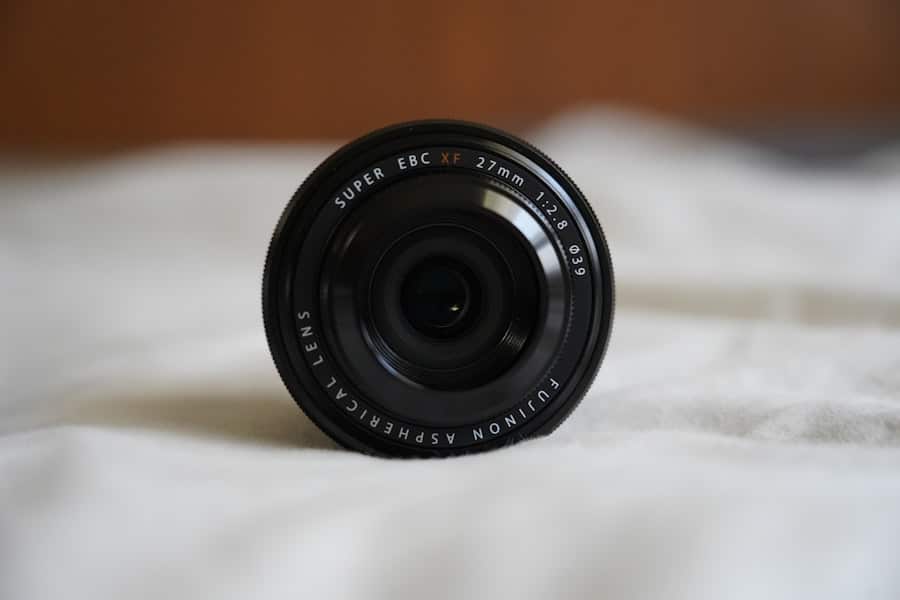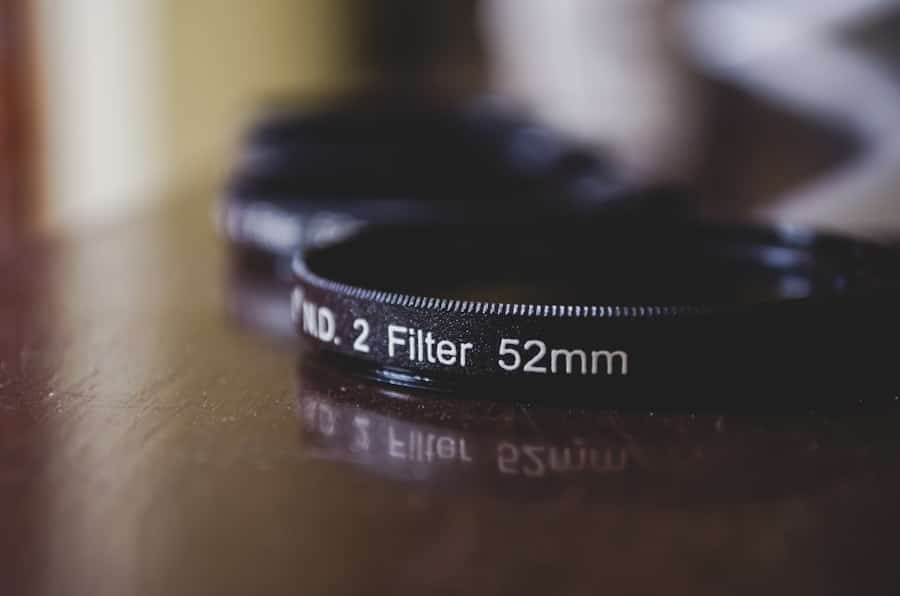The advent of smart technology has revolutionized various sectors, including healthcare, where innovations are continuously emerging to enhance patient care and monitoring. Among these innovations, smart contact lenses represent a groundbreaking development, particularly in the realm of chronic disease management. These lenses are not merely corrective devices; they are sophisticated tools designed to monitor health metrics in real-time.
The integration of sensors and microelectronics into contact lenses has opened new avenues for managing conditions such as diabetes, where continuous monitoring is crucial for effective treatment. Smart contact lenses are designed to provide users with a seamless experience, combining the functionality of traditional lenses with advanced technological capabilities. They can measure various physiological parameters, including glucose levels, intraocular pressure, and even hydration levels.
This dual functionality not only enhances the quality of life for users but also empowers them with critical health information at their fingertips. As diabetes prevalence continues to rise globally, the need for innovative solutions like smart contact lenses becomes increasingly apparent, offering a glimpse into the future of personalized healthcare.
Key Takeaways
- Smart contact lenses are a new and innovative technology that can monitor blood glucose levels in real time, offering a convenient and non-invasive alternative to traditional methods.
- Continuous blood glucose monitoring is crucial for individuals with diabetes to manage their condition effectively and avoid complications.
- Smart contact lenses use tiny sensors to measure glucose levels in tears, providing a continuous and accurate monitoring system.
- The advantages of smart contact lenses for blood glucose monitoring include convenience, real-time data, and non-invasiveness, which can improve diabetes management and quality of life.
- Despite their potential benefits, smart contact lenses also face challenges and limitations such as cost, accuracy, and user acceptance, which need to be addressed for widespread adoption.
The Need for Continuous Blood Glucose Monitoring
Diabetes is a chronic condition that affects millions of people worldwide, characterized by the body’s inability to regulate blood glucose levels effectively. For individuals with diabetes, maintaining optimal blood sugar levels is essential to prevent complications such as neuropathy, retinopathy, and cardiovascular diseases. Traditional methods of monitoring blood glucose often involve finger-pricking and the use of glucometers, which can be invasive and inconvenient.
This has led to a growing demand for continuous blood glucose monitoring (CGM) systems that provide real-time data without the need for frequent invasive procedures. Continuous blood glucose monitoring allows individuals to track their glucose levels throughout the day and night, providing insights into how food, exercise, and medication affect their blood sugar. This real-time data is invaluable for making informed decisions about diet and insulin administration.
Moreover, CGM systems can alert users to dangerously high or low glucose levels, enabling timely interventions that can prevent severe health crises. As technology advances, the integration of CGM capabilities into smart contact lenses presents an exciting opportunity to enhance diabetes management further.
How Smart Contact Lenses Work
Smart contact lenses operate through a combination of miniaturized sensors, wireless communication technology, and biocompatible materials. At the core of these lenses is a sensor that can detect specific biomarkers in the tear fluid, which serves as a proxy for blood glucose levels. When glucose levels fluctuate, the concentration of glucose in the tears changes correspondingly.
The sensor embedded in the lens captures this change and converts it into an electrical signal that can be transmitted wirelessly to a paired device, such as a smartphone or smartwatch. The technology behind smart contact lenses also includes microelectronics that facilitate data processing and communication. These lenses are designed to be comfortable and safe for prolonged wear, utilizing materials that mimic the natural properties of the eye.
Additionally, advancements in battery technology have enabled the development of energy-efficient systems that can power these lenses without compromising user comfort. The seamless integration of these components allows for continuous monitoring without the need for invasive procedures, making it an attractive option for individuals managing diabetes.
Advantages of Smart Contact Lenses for Blood Glucose Monitoring
One of the most significant advantages of smart contact lenses is their non-invasive nature. Unlike traditional blood glucose monitoring methods that require finger pricks, smart lenses provide a pain-free alternative that can be worn throughout the day. This ease of use encourages more consistent monitoring, which is crucial for effective diabetes management.
Users can receive real-time feedback on their glucose levels without interrupting their daily activities, leading to better adherence to monitoring protocols.
The ability to continuously monitor glucose levels allows for more precise tracking of trends and patterns over time.
This data can be invaluable for healthcare providers when making treatment decisions or adjusting medication regimens. Additionally, many smart contact lens systems are designed to integrate with mobile applications that provide users with insights into their glucose trends, dietary recommendations, and alerts for abnormal readings. This holistic approach empowers users to take control of their health in ways that traditional methods cannot.
Challenges and Limitations of Smart Contact Lenses
Despite their promising potential, smart contact lenses face several challenges and limitations that must be addressed before they can become mainstream in diabetes management.
While research has shown that tear glucose levels correlate with blood glucose levels, variations in individual physiology and external factors can affect this relationship.
Ensuring consistent accuracy across diverse populations remains a critical area of ongoing research. Another challenge lies in the technological aspects of smart contact lenses. The integration of sensors and electronics into a thin, flexible lens requires advanced engineering solutions to ensure durability and comfort during wear.
Issues such as battery life, data transmission reliability, and biocompatibility must be thoroughly addressed to ensure user safety and satisfaction. Furthermore, regulatory hurdles must be navigated before these devices can receive approval for widespread clinical use. The path from concept to market is often fraught with challenges that require collaboration between researchers, manufacturers, and regulatory bodies.
Future Developments and Innovations in Smart Contact Lenses
The future of smart contact lenses holds immense potential as research and development continue to advance in this field. One area of focus is improving the accuracy and reliability of glucose measurements through enhanced sensor technology. Innovations such as nanotechnology and advanced biosensors may lead to more precise readings from tear fluid, bridging the gap between tear-based measurements and traditional blood tests.
Additionally, future iterations of smart contact lenses may incorporate features beyond glucose monitoring. For instance, researchers are exploring the possibility of integrating sensors that can detect other biomarkers related to diabetes management, such as ketones or lactate levels. This multi-faceted approach could provide users with a comprehensive view of their metabolic state and enable more personalized treatment strategies.
Furthermore, advancements in augmented reality (AR) could allow users to visualize their health data directly through their lenses, creating an immersive experience that enhances understanding and engagement with their health.
Comparison with Traditional Blood Glucose Monitoring Methods
When comparing smart contact lenses with traditional blood glucose monitoring methods, several key differences emerge that highlight the advantages of this innovative approach. Traditional methods typically involve periodic finger pricks using a glucometer, which can be painful and inconvenient for users who need to monitor their glucose levels multiple times a day. In contrast, smart contact lenses offer continuous monitoring without the need for invasive procedures, significantly improving user comfort and compliance.
Moreover, traditional methods often provide only snapshot readings at specific intervals, which may not accurately reflect fluctuations in blood glucose levels throughout the day. Smart contact lenses address this limitation by offering real-time data that captures trends over time. This continuous feedback allows users to make informed decisions about their diet and insulin administration based on comprehensive data rather than isolated readings.
Additionally, many traditional systems lack integration with digital platforms that can analyze data trends; smart contact lenses often come equipped with mobile applications that provide insights and alerts tailored to individual needs.
Conclusion and Implications for Diabetes Management
The emergence of smart contact lenses represents a significant advancement in diabetes management technology. By providing continuous blood glucose monitoring in a non-invasive manner, these innovative devices have the potential to transform how individuals manage their condition daily. The ability to receive real-time feedback on glucose levels empowers users to make informed decisions about their health while reducing the burden associated with traditional monitoring methods.
As research continues to address existing challenges and improve the technology behind smart contact lenses, their adoption could lead to better health outcomes for individuals living with diabetes. The implications extend beyond mere convenience; enhanced monitoring capabilities could result in fewer complications associated with poorly managed diabetes, ultimately improving quality of life for millions worldwide. As we look toward the future, it is clear that smart contact lenses will play an integral role in shaping personalized healthcare solutions tailored to individual needs in diabetes management and beyond.
A related article to “How Smart Contact Lenses Are Monitoring Blood Glucose Levels” is a review of Samsung smartwatches available at enicomp.com. These smartwatches offer various health monitoring features, including tracking blood glucose levels, which can complement the technology of smart contact lenses. By utilizing both devices, individuals can have a more comprehensive approach to managing their health and wellness.
FAQs
What are smart contact lenses?
Smart contact lenses are a type of wearable technology that incorporates sensors and microelectronics to monitor various health parameters, such as blood glucose levels, within the body.
How do smart contact lenses monitor blood glucose levels?
Smart contact lenses use tiny sensors embedded within the lens to detect the glucose levels in the wearer’s tears. The sensors then transmit this data to a connected device, such as a smartphone, for real-time monitoring.
What are the benefits of using smart contact lenses to monitor blood glucose levels?
Smart contact lenses offer a non-invasive and continuous method of monitoring blood glucose levels, eliminating the need for frequent finger pricks or blood tests. This can provide greater convenience and improved quality of life for individuals with diabetes.
Are smart contact lenses currently available for commercial use?
While smart contact lenses for monitoring blood glucose levels are still in the research and development phase, several companies and research institutions are actively working on bringing this technology to market in the near future.
What are the potential challenges or limitations of smart contact lenses for monitoring blood glucose levels?
Challenges associated with smart contact lenses include ensuring accurate and reliable glucose measurements, maintaining comfort and safety for the wearer, and addressing regulatory and privacy concerns related to the use of medical devices.



